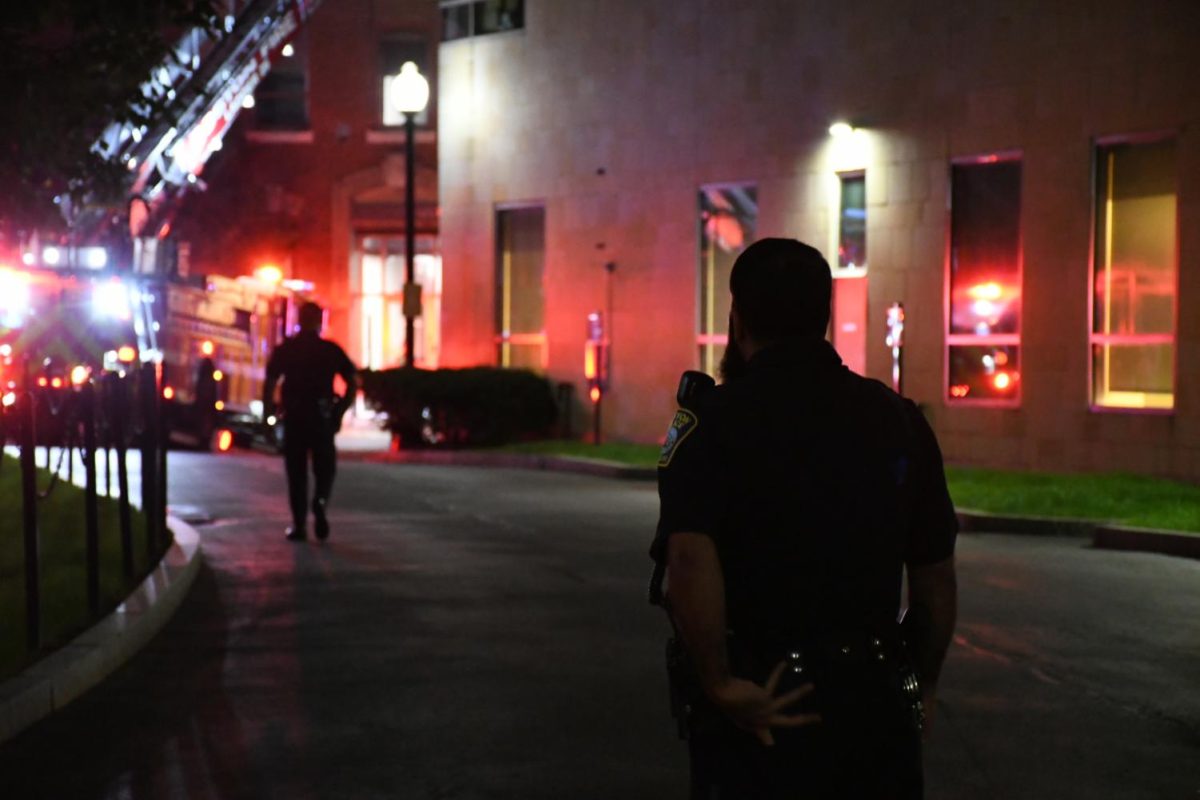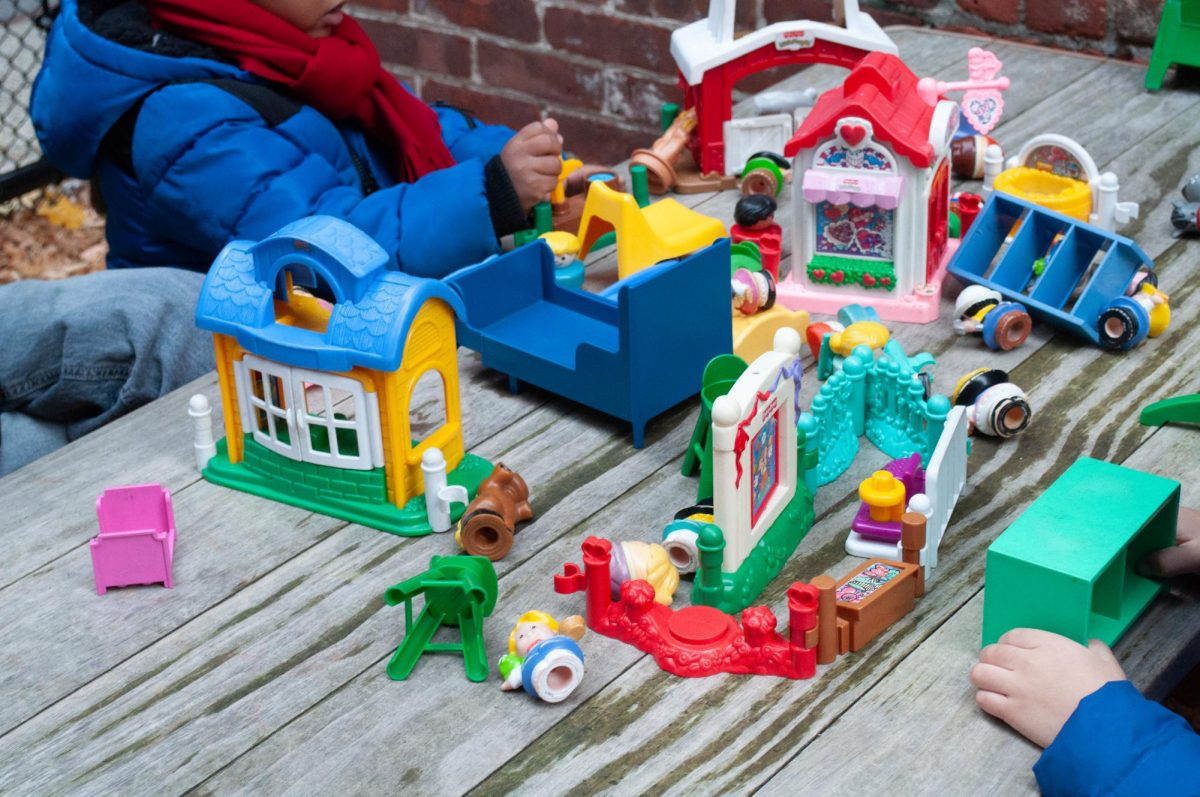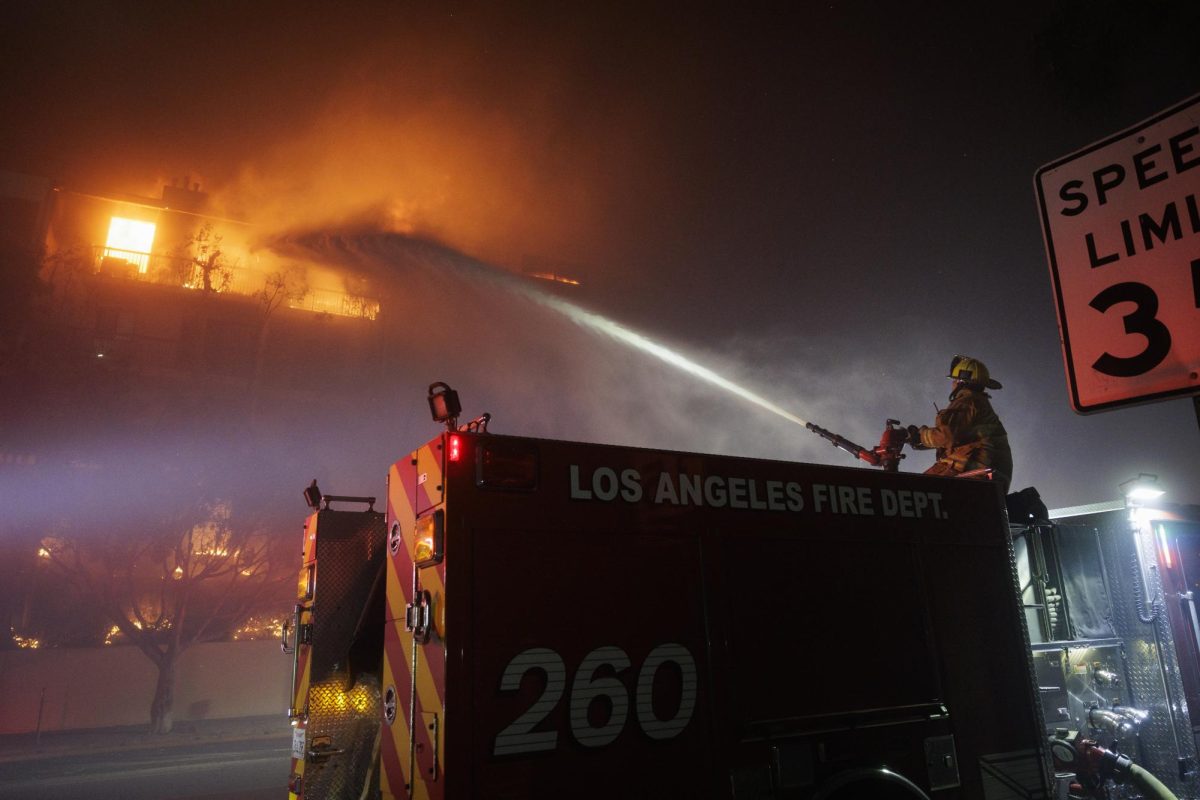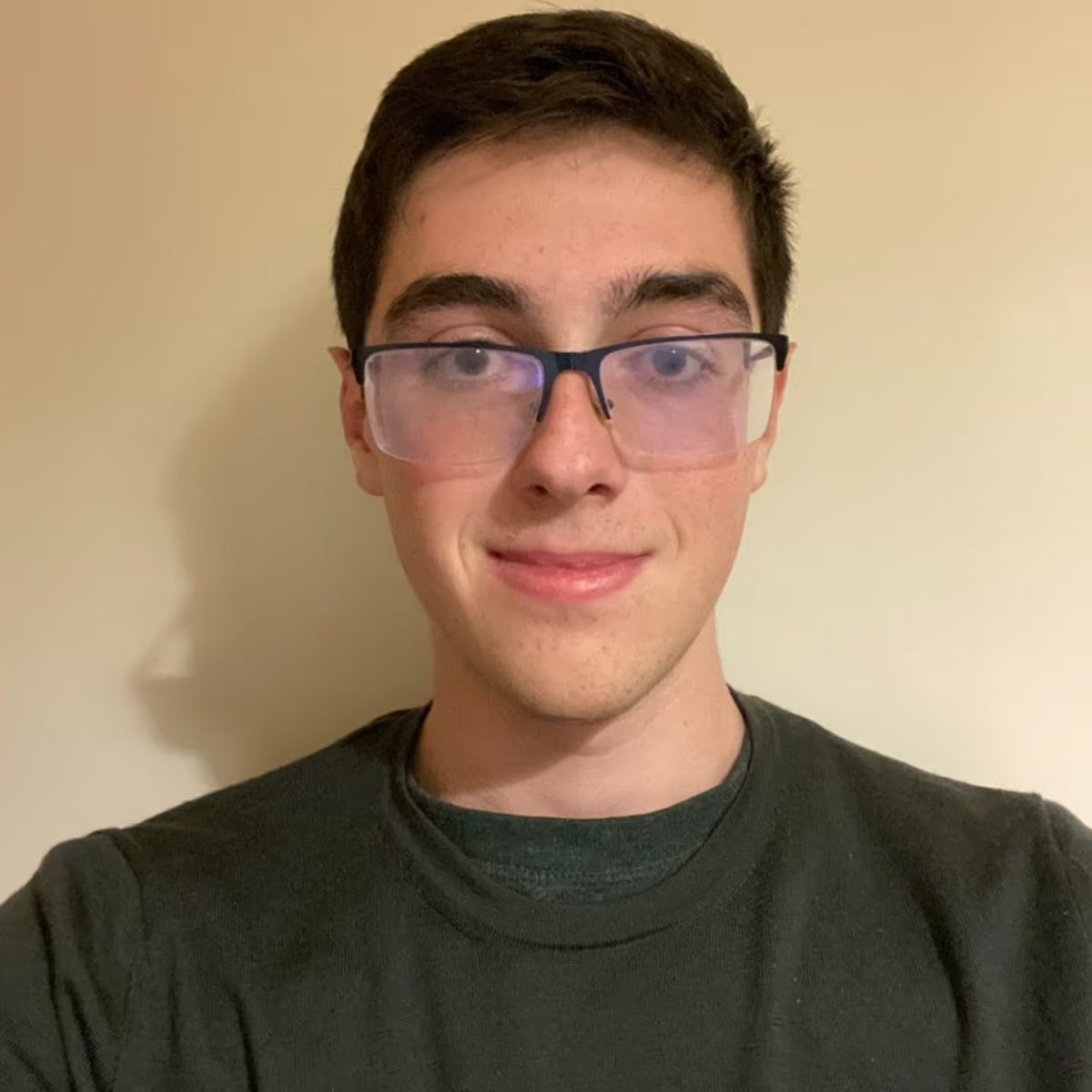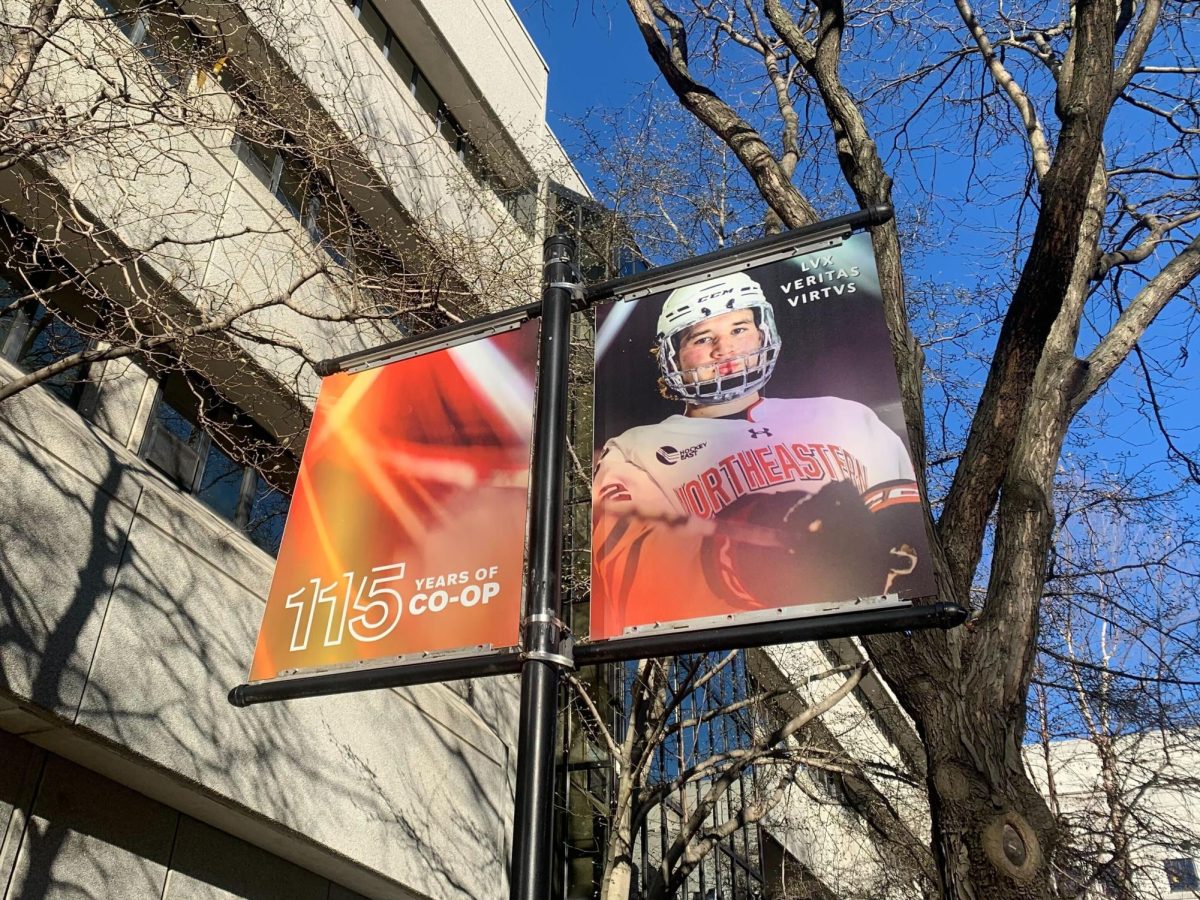By Anne Steele, News Staff

Nearly two years after Northeastern began work on its current Institutional Master Plan (IMP), the Boston Redevelopment Authority (BRA) approved the document outlining the university’s development plans and commitment to the surrounding communities for the next 10 years.
The long and at times tumultuous process, which was met with favor at the BRA board of directors meeting in City Hall last Thursday, marks the successful reconciling of the growing university’s needs with the surrounding community’s concerns.
“It’s an exciting time for the university as they continue to develop their campus in a way that’s fitting, given their rising stature as an institution, and I think exciting also for the city given the positive changes both economic and physical that this IMP represents,” Gerald Autler, BRA project manager overseeing the process for the IMP said.
Northeastern was scheduled to present the plan last month but withdrew from the agenda an hour before the hearing to allow extra time to fine-tune the more contentious points of the document and garner more public support.
The final stitch in the 600-page document revolved around the issue of student housing. Historically, Mission Hill residents have pushed for more beds on campus to absorb students from the neighborhood, lamenting that the influx of undergraduates onto the Hill prices out long-time residents and hinders the sense of community.
The Community Task Force, a contingent of Roxbury, Mission Hill, Fenway and South End residents representing their communities, has proven itself both a resource and force to be reckoned with. In addition to pushing for more housing, members and local officials have advocated for a stronger and more explicit commitment to the community benefits as well as the educational and economic opportunities built into the IMP.
“Certainly there are some people who might feel we have not pushed the university as far as we might have, but we have increased the number of undergraduate beds that they will create in the first five years of this Institutional Master Plan and we have also increased their efforts to do outreach to the surrounding neighborhoods both in terms of business development and purchasing, but also in terms of scholarships and educational access,” Autler said.
The university’s initial proposal to create 1,000 new beds in the latter half of the decade in which the IMP will be implemented was upped to 600 (or 60 percent) within the first five years – raised from 300 beds a month ago. The Burke Street Lot site will most likely accommodate those 600 beds, according to Alex Krieger, urban design and master planning consultant for the IMP.
City Councilor Mike Ross, who lives in and represents Mission Hill as well as Fenway, stood in support of the plan.
“These are neighborhoods that are really proud, strong communities and they’re trying to come back but their balance is off – they just need a few more residents,” Ross said.
Krieger pointed out that about 85 percent of the 2.2 million square feet built under the prior master plan was residential.
“No university can succeed with just building residential space,” Krieger said. “This next master plan is much more balanced.”
The plan outlines 11 building and renovation projects amounting to almost three million square feet as well as substantial public space improvements.
“Co-op is our calling card around the world. but so is research and science, and if we want to continue to attract top notch students and faculty from around the world we have to have facilities for recruitment and attraction,” John Tobin, vice president of city and community affairs for Northeastern said. “And as the university grows, we have got to find out from the community what its needs are [and] work out how it’s going to benefit them.”
Krieger said the campus plan is intended to not only improve the campus environment, but also to create better relationships with the adjacent neighborhoods by improving public space and access to the campus.
This includes improvements to north-south pedestrian corridors through the campus as well as the three major urban corridors bounding it; Huntington and Columbus avenues and Tremont Street.
“The intent is that, as historically, Northeastern faced very proudly Huntington Avenue and showed its sort of backsides to Columbus,” Krieger said. “In the future, the Columbus and Tremont side will be just as prominent a way to enter the campus and a way in which the university proudly faces those neighborhoods as well.”
Kevin Sullivan, leading architect on the projects, described an arc that spans the Orange Line tracks, linking a publically accessible landscape with Columbus Avenue, as a “grand civic gesture.”
The arc is part of the proposed first IMP project, the Interdisciplinary Science and Engineering Building (ISEB) on Columbus Avenue.
“I think this first project is a really bold step to enhance the relationship between Northeastern and the city and boldly connect Roxbury with the Fenway neighborhood and Northeastern,” Sullivan said. “It’s a very bold, dynamic, inventive landscape that will be a signature space not just for Northeastern but for Boston as a whole.”
In addition to mediating the need for more beds with the need for research facilities, Northeastern addressed community benefits along three themes: educational access, economic development and opportunity, and collaboration.
At the urging of City Councilor Tito Jackson, the university has agreed to seed a $2.5 million economic development fund to build local business capacity. The fund is slated to be run out of Next Street Financial, a merchant bank, which anticipates attracting investment funds to create a pool of $8 million in 18 months.
Northeastern has also increased its annual procurement from Boston-based entities to be no less than 20 percent annually. The university also increased its annual procurement with small local business enterprises from contiguous neighborhoods, as well as local and minority-owned business enterprises, to be no less than 12 percent annually of discretionary purchase of goods and services.
The university has also agreed to ambitious hiring goals for the ISEB, including committing 30 percent of hard construction costs for minority-owned business enterprises and 10 percent for female-owned business enterprises. Fifty-one percent of the ISEB non-design project work will go to Boston residents, 41 percent to minorities and 10 percent to women.
In response to comments from State Rep. Jeffrey Sanchez and residents, Northeastern will increase the number of Boston-based scholarships by 25 percent from 120 to 150 and, for the first time, designate 30 of them for students living within the contiguous zip codes. The university will also give neighborhood students priority access to Foundation Year, its intensive first year of college for Boston Public School (BPS) graduates, as well as hold College Readiness Nights twice a year for neighborhood BPS students and their families.
Perhaps the most championed of the proposed community benefits, which comes at the insistence of city officials and Task Force, is a $23 million investment in the reconstruction and maintenance of Carter Playground to make newer and better playing surfaces that will be shared by the community and university.
“ISEB and Carter Playground will put a whole new face on that side of Columbus Avenue and I think that will be contagious,” Sanchez said.
Northeastern has also agreed to fund a neighborhood hub with $500,000 in construction and costs and operating expenses of $50,000 a year.
“This is not only important for Northeastern, this is an important revitalization effort for this area with a particular focus on Lower Roxbury,” Ralph C. Martin II, senior vice president and general counsel for Northeastern, said. “We think big things will happen for everyone.”
More than a dozen local residents, community stakeholders, workers unions representatives and officials stood in favor of the master plan proposal.Richard Giordano, civic engagement director for the Fenway Community Development Corporation (CDC) was among them.
“Though it’s been contentious, at the end of the day I think we’ve got the best product going forward because of all of the work of the stakeholders, Northeastern, all of the community members in this room,” Giordano said. “We’ve got a lot more work to do as we implement this over the next 10 years and it will take all of us at the table together doing that but for that reason I think we need to continue to work together to get the best product possible.”
Bruce Bickerstaff, Roxbury resident and Task Force member, said “it has been a hard-hammered deal,” but the master plan is reasonable for both parties.
When none stood in opposition, the board quickly gave its approval and the room erupted in applause.
Tobin, Northeastern’s vice president of city and community affairs, praised the leadership of Jackson, Sanchez, Ross and Mayor Thomas M. Menino, whom he said was constantly on the phone and in meetings ushering the project forward.
“Mayor Menino’s leadership on this was pretty extraordinary and happened even through ill health,” Tobin said.
Tobin said that countless officials have said the package that the university put together, with the broad integration of community input, is the “new gold standard for IMPs moving forward in the city of Boston.”
Looking ahead, passage of the IMP does not merit the university unfettered rights to break ground on the proposed buildings. With the exception of the ISEB, individual projects still need BRA approval.
Northeastern has proposed to the mayor an IMP advisory board made up of community members and university officials that would meet quarterly for review. The Task Force will essentially remain in tact.
Tobin said the significance is not only in the passage of the IMP, but in the final result which faced no opposition from the community.
“It’s really telling that people who perhaps would have spoken in opposition a month ago were there and stood up for the university and for that we are grateful,” he said, adding, “We are grateful but by no means are we taking that for granted.”


